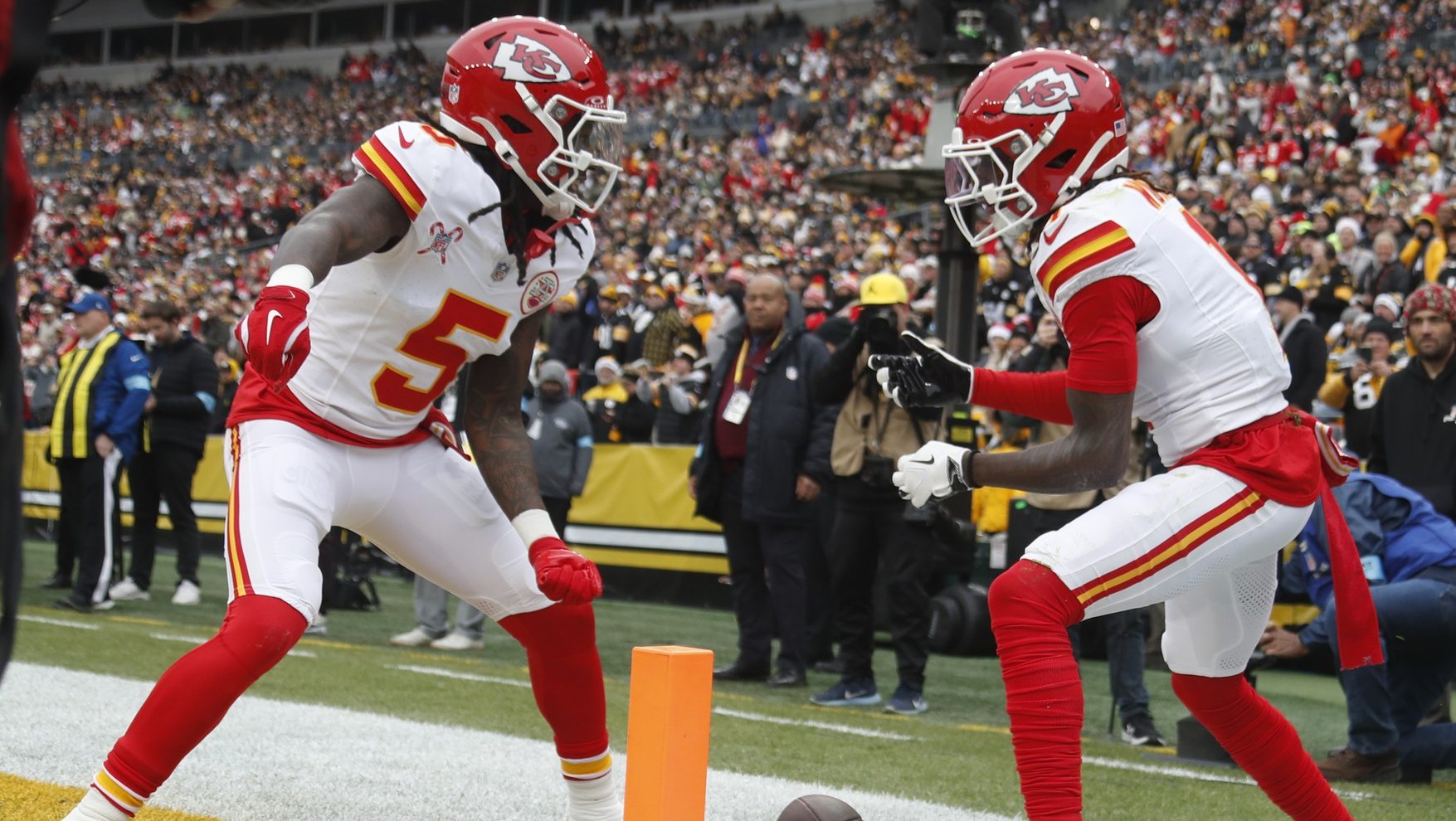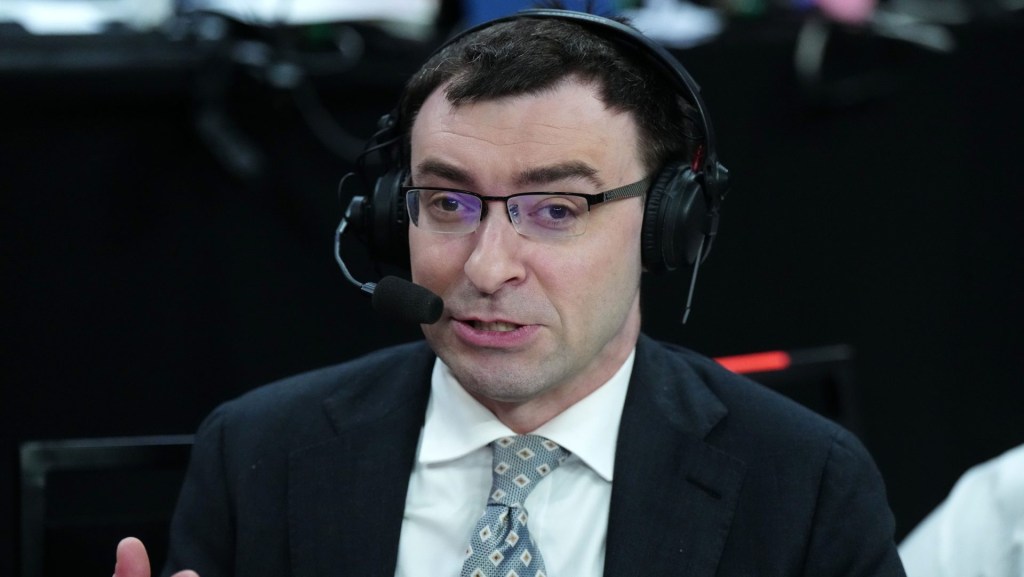Netflix’s Christmas Day NFL doubleheader was notable on multiple levels, but the most significant part was what Wednesday’s games lacked: the buffering issues that plagued November’s Mike Tyson vs. Jake Paul boxing event.
The Chiefs’ 29-10 victory over the Steelers was the second-most-streamed live sports event on Netflix after the Tyson-Paul fight and was viewed in more than 200 countries, according to data provided by Netflix. While subscribers took to social media to post a few hiccups, including image quality, the issues were a proverbial whisper compared to the Tyson-Paul event 40 days prior.
The two game streams went so smoothly that they left Sports Twitter predicting it won’t be long before we see a Super Bowl on Netflix. That would likely have to wait until the current rights deals expire after the 2033 season, unless the NFL exercises its opt-out at the conclusion of the 2029 season.
A league source told FOS earlier this month it was way too soon to forecast whether the NFL would trigger that opt-out.
Netflix reportedly paid $150 million to stream Chiefs-Steelers and Ravens-Texans as part of a three-year deal with the NFL. Beyoncé performed from Houston’s NRG Stadium at halftime of the second game and the streams remained stable through the Ravens’ 31-2 victory.
A third of Netflix’s global streaming audience had concurrent streams of the first game. The Chiefs and Steelers also surpassed concurrent viewership on any Christmas Day over the last four years, according to Netflix. The games were tracked by Nielsen and viewership data is expected to be made public later this week—unlike the Tyson-Paul event, for which Netflix reported internal data that showed the global audience peaked at 65 million concurrent streams, with a peak of 38 million concurrent streams in the U.S.
Proficient Production
CBS produced the games, which drew talent for the studio show and in-game coverage from across the NFL’s other broadcasting partners, including Ian Rapoport (NFL Network), Nate Burleson (CBS), and Mina Kimes (ESPN).
“It was always probably smart to bet on Netflix getting these NFL games right both from a production technical perspective,” Fox Sports executive turned sports media consultant Patrick Crakes said. “Too much was made of the Paul-Tyson fight. It was truly a global event. The answers to not getting overrun were obvious and I was pretty sure they’d get these games across the line.”
Streaming media consultant and analyst Dan Rayburn told Front Office Sports the stream “was very good,” but he added, “latency is all over the place.” Rayburn said streaming latency—the amount of time between something happening live and when a viewer sees it—is based on some factors outside of Netflix’s control since hardware devices support streaming protocols differently.
Downdetector, a site that tracks user-reported issues, showed that complaints peaked as the first game was kicking off, but then trailed off. Between 30 minutes before kickoff of the first game and halftime of the second game, Downdetector received about 6,000 reports from Netflix subscribers. The site received 530,000 reports before the Paul-Tyson main event on Nov. 15.
Netflix used its NFL games to promote its content, sports-related and otherwise. Before the opening kickoff, Netflix dropped a 30-second Happy Gilmore 2 trailer. The sequel to the 1996 classic will debut on Netflix in 2025. The streaming giant also dropped a promotional clip for WWE Raw, which will be carried on Netflix starting on Jan. 6 as part of a 10-year, $5 billion deal. The games also featured multiple ads for The Electric State, an upcoming movie that reportedly cost $320 million to make.

















